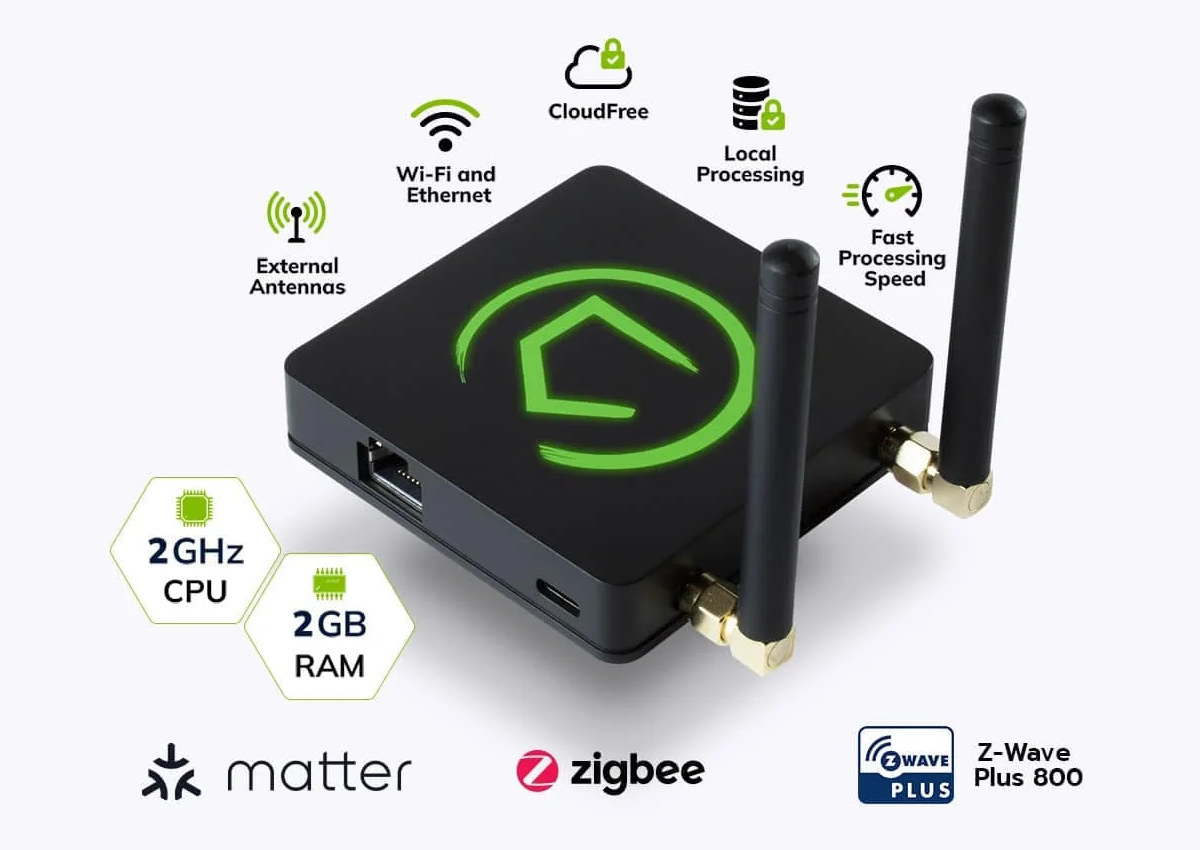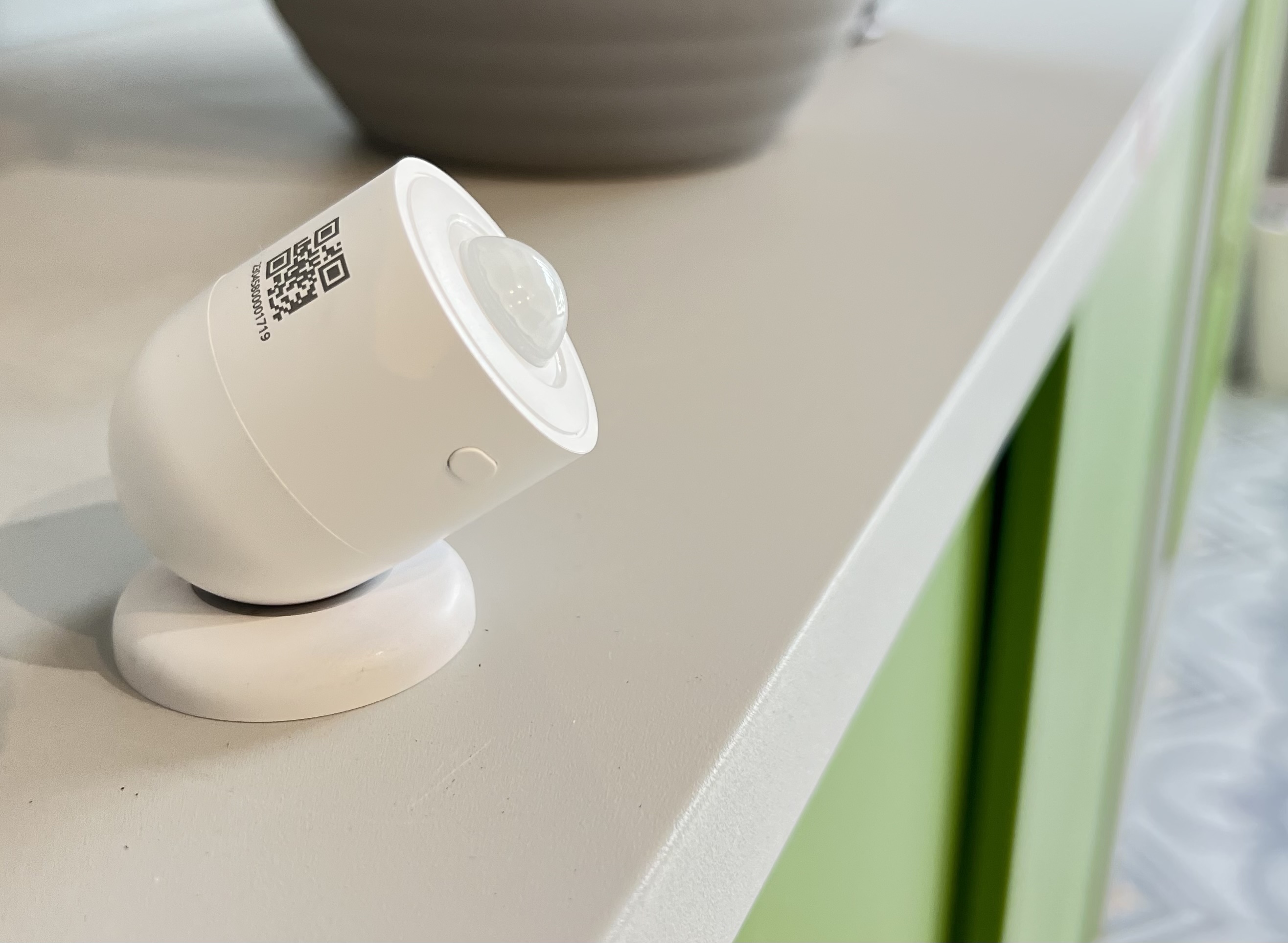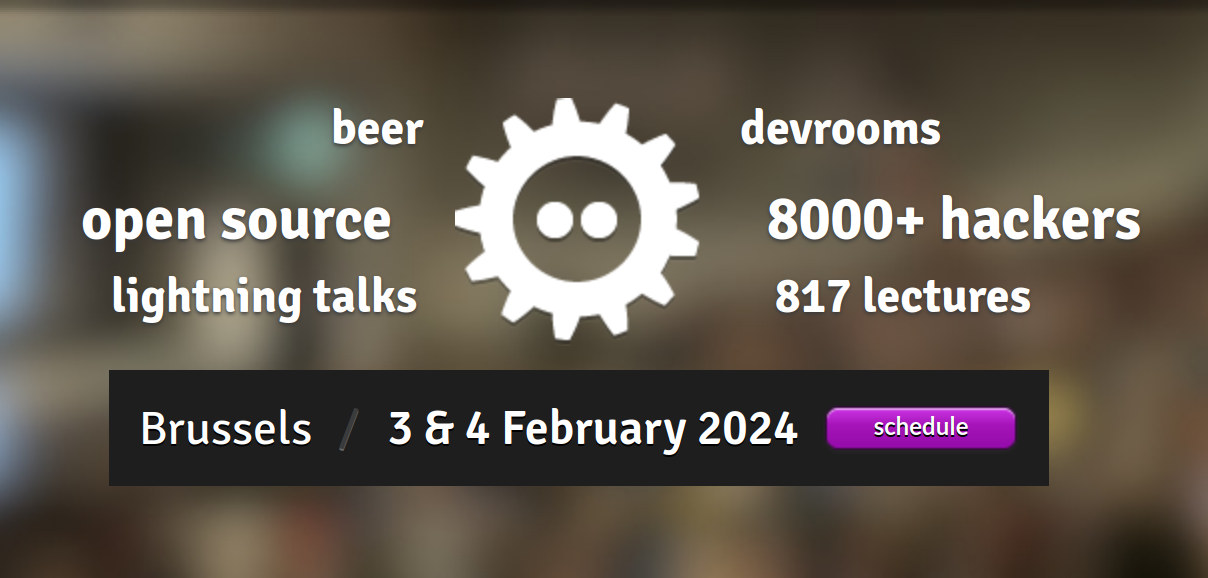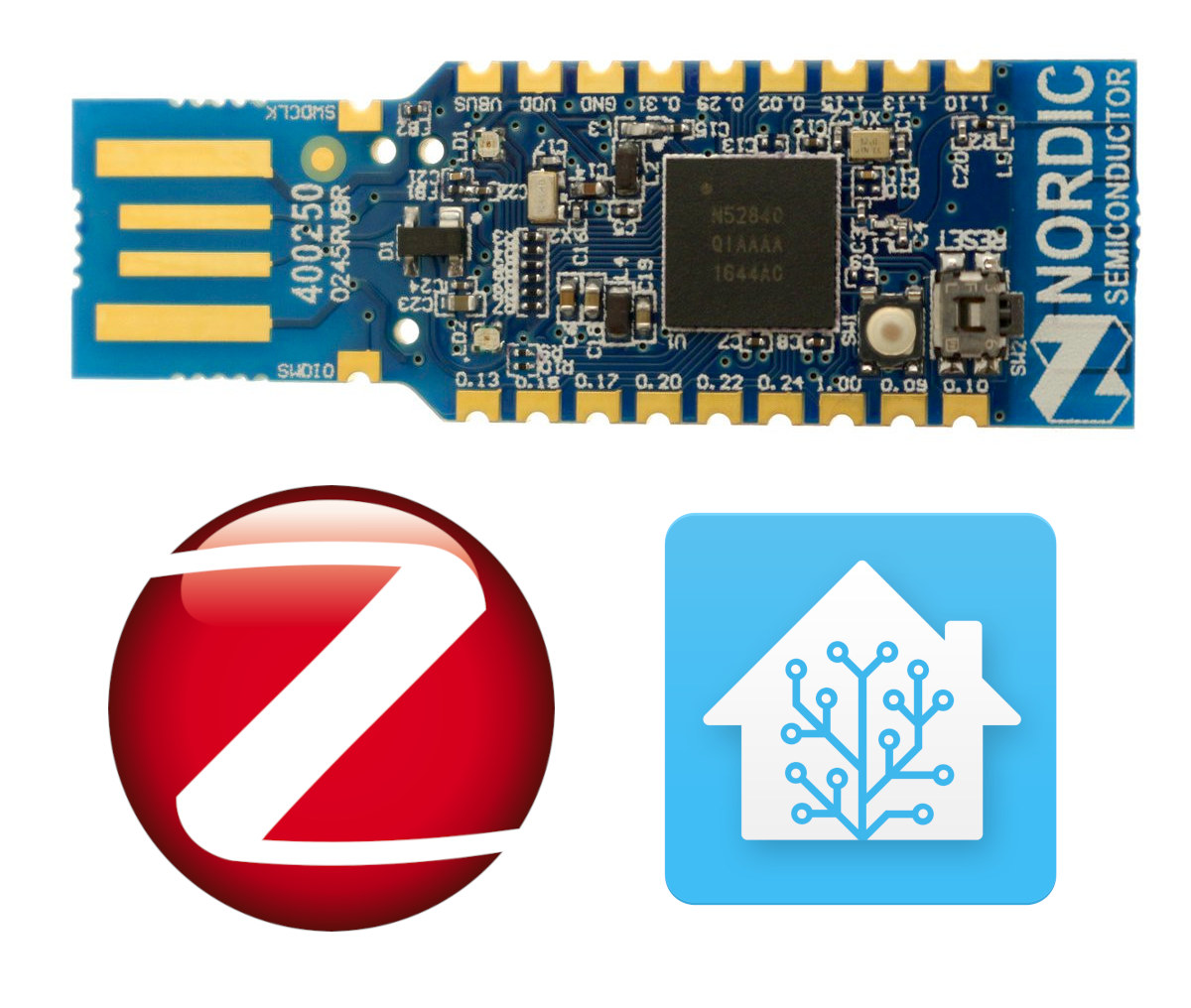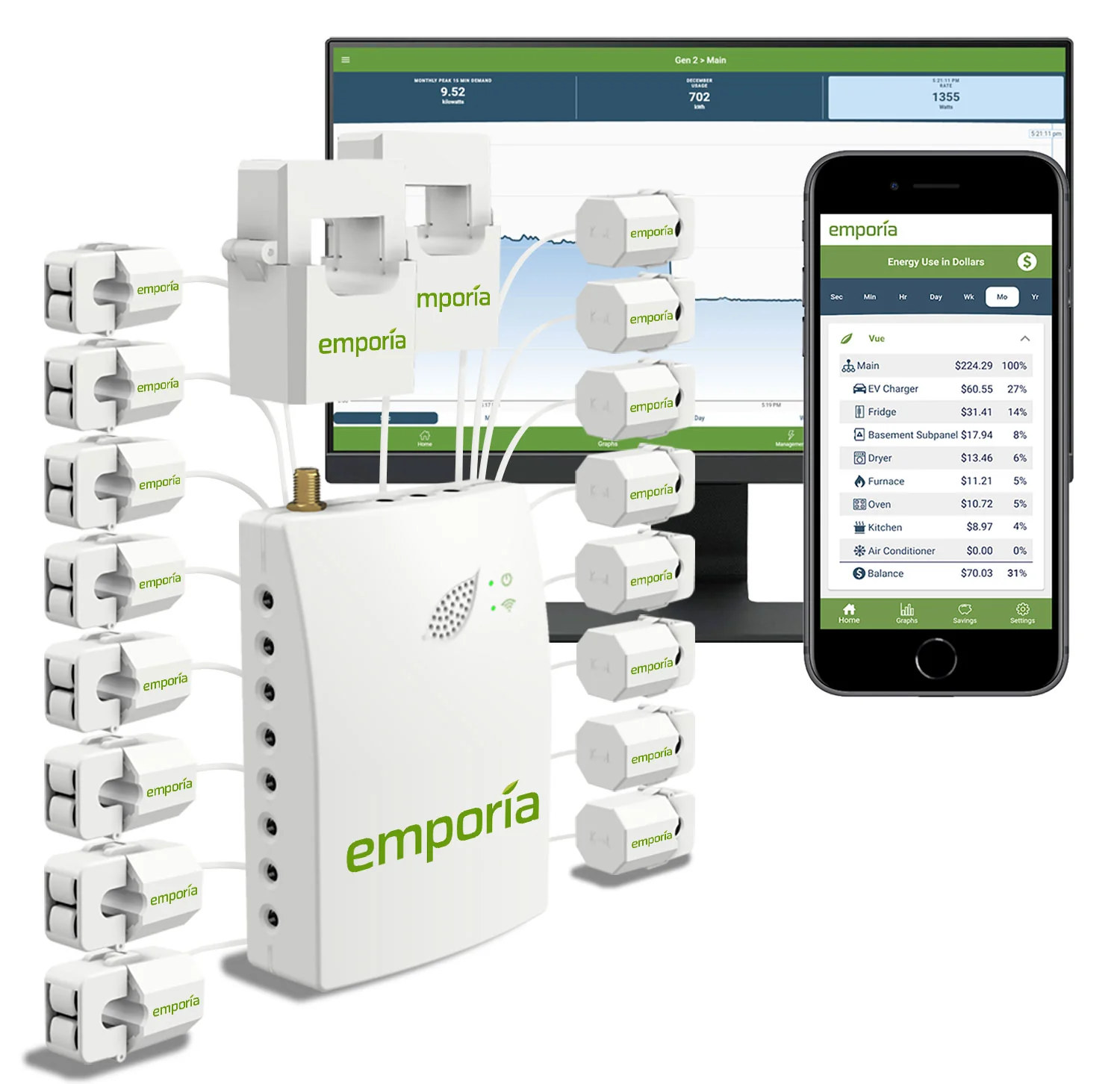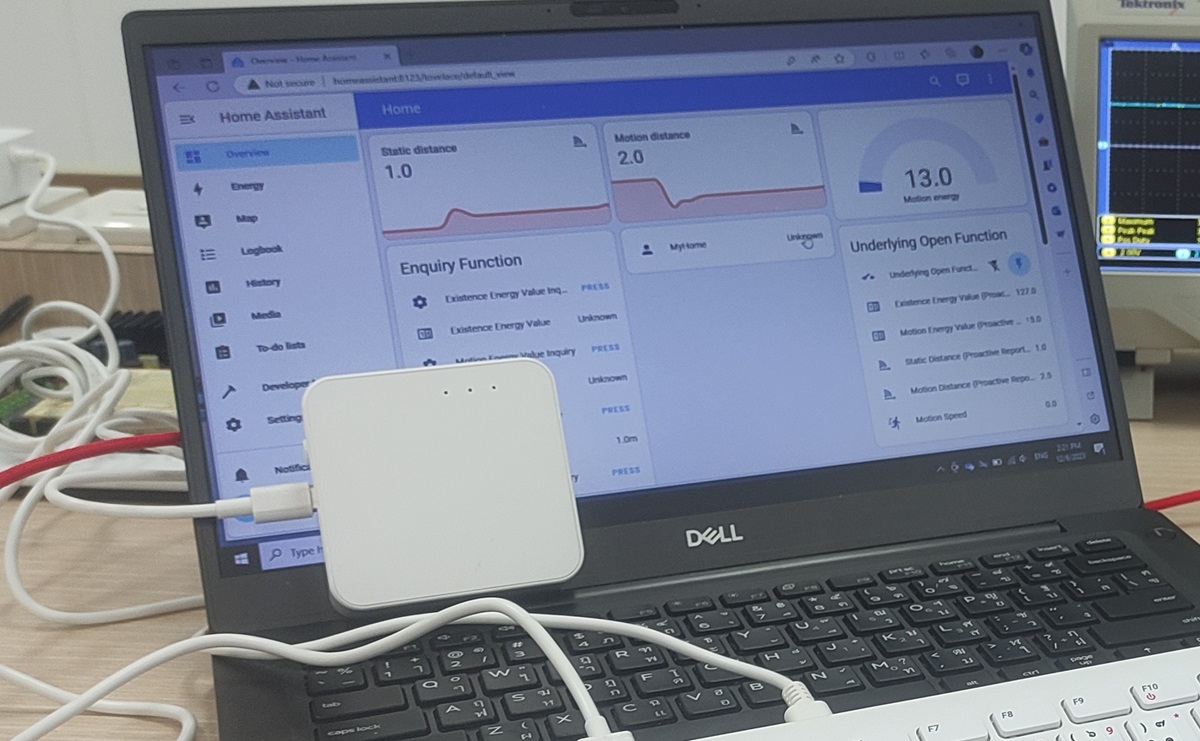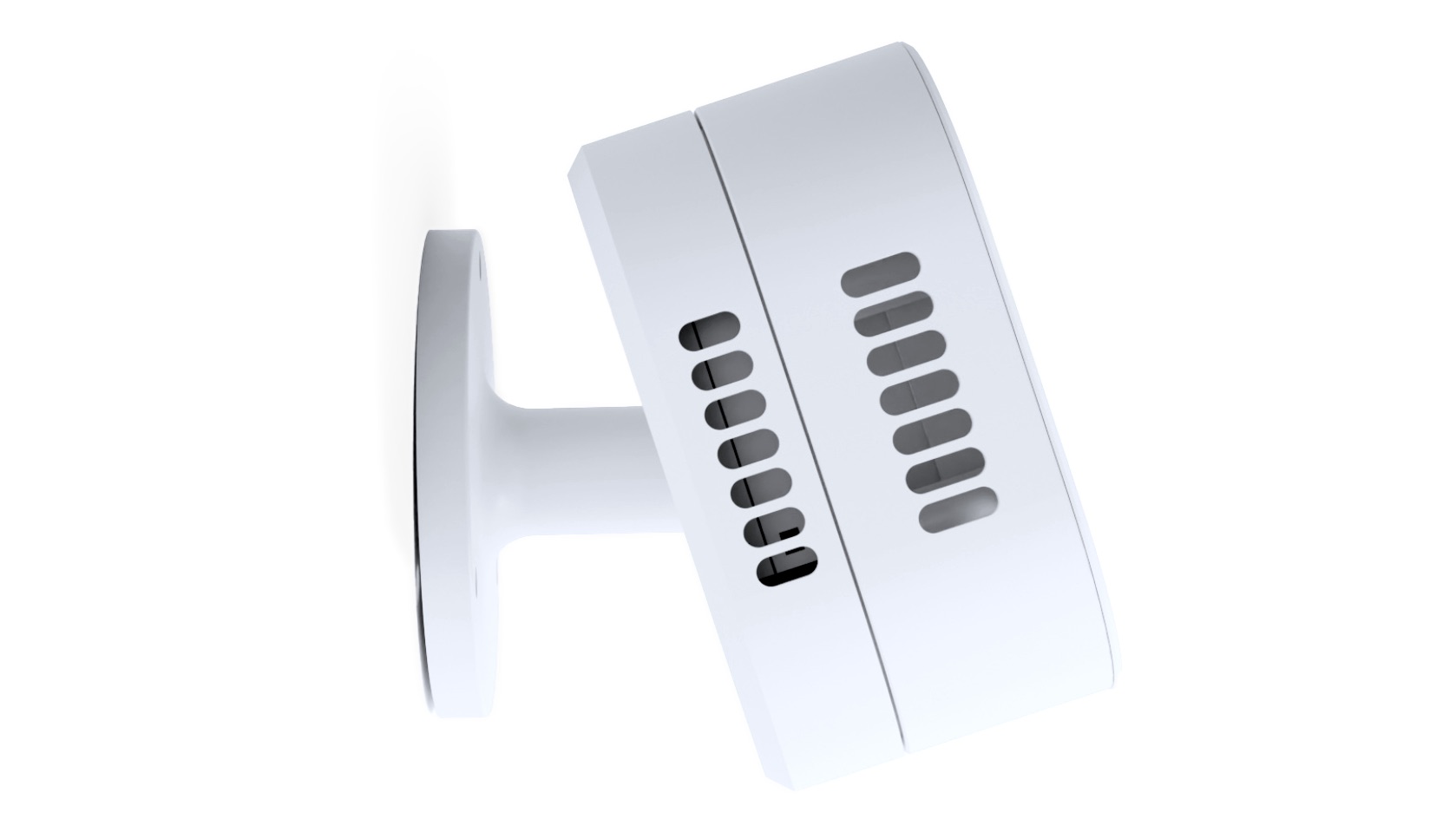Hubitat has recently launched the Elevation Model C-8 Pro Home Automation hub with a Z-Wave 800 radio, a Zigbee 3.0 radio, Wi-Fi, and Ethernet connectivity that upgrade on the earlier C-8 model with more memory (2GB RAM), and a faster 2.0 GHz Cortex-A55 processor. I’ve never written about Hubitat Smart Home solutions, but they seem to have an active community of users, so I’ll check out their latest Elevation Model C-8 Pro gateway and what they have to offer in terms of software and device support. Hubitat Elevation Model C-8 Pro specifications: SoC – Arm Cortex A55 processor @ 2.016 GHz (that could be the Amlogic S905X3 found in the ODROID-C4 SBC) System Memory – 2GB RAM Storage – TBD Connectivity Ethernet RJ45 port WiFi Z-Wave 800 radio Zigbee 3.0 radio Matter support 2x external antennas Power Supply – 5V via USB-C port Dimensions – 8.2 x 7.5 x 1.7 […]
Review of SONOFF SNZB-03P new Zigbee motion sensor with eWelink and Home Assistant
SONOFF continues to release new Zigbee products series including the wireless switches/buttons (SNZB-01P) and temperature and humidity sensors (SNZB-02P) that we reviewed last year. Today, we will review another new sensor, that is the Zigbee 3.0 motion sensor (SNZB-03P) and we’ll need a Zigbee Hub/Bridge/Dongle to receive Zigbee signals to make it work. The technology of this sensor remains PIR, which uses infrared waves similar to before. This is different from the Human Presence sensors that are gaining popularity, which use mmWave (millimeter wave, frequency 3-30GHz). Both types have their pros and cons. SONOFF has also recently released a Human Presence sensor, namely the SNZB-06P which we will review soon. The SONOFF SNZB-03P is suitable for applications where motion needs to be detected (staying standstill won’t work) and places where it is not feasible or practical to run power cables. The latter is advantageous compared to Human Presence sensors because […]
FOSDEM 2024 schedule – Open-source embedded, mobile, IoT, robotics, RISC-V, etc..
FOSDEM – which stands for Free and Open Source Software Developers’ European Meeting – is a free-to-participate event where thousands of developers meet in Brussels on the first week-end of February to discuss open-source software & hardware projects. FOSDEM 2024 will take place on February 3-4 with 880 speakers, 818 events, and 66 tracks. Although I won’t attend, I’ve created a virtual schedule like every year with sessions most relevant to the topics covered on CNX Software from the “Embedded, Mobile and Automotive” and “Open Hardware and CAD/CAM” devrooms, but also other devrooms including “FOSS Mobile Devices”, “ Energy: Reimagining this Ecosystem through Open Source”, “RISC-V”, and others. FOSDEM Day 1 – Saturday, February 3, 2024 10:30 – 10:55 – Screen Sharing on Raspberry Pi 5 Using VNC in Weston and Wayland with the Yocto Project and OpenEmbedded by Leon Anavi In 2023, embedded Linux developers received eagerly awaited news: […]
Zigbee Home is an ESPHome-like firmware project for Zigbee devices
Zigbee Home firmware project aims to provide similar functionality to ESPHome open-source firmware, but for Zigbee devices based on Nordic Semi nRF52 wireless microcontrollers, and later on the newer nRF53 MCUs.
The firmware relies on Nordic Semi ZBOSS for Zigbee 3.0 stack and should eventually enable a range of Zigbee devices to be flashed with open-source firmware and facilitate integration with Home Assistant open-source home automation framework through ZHA integration, and support for Zigbee2MQTT is also being worked on.
Emporia Vue Gen 2 energy monitor ships with 16 CT clamps, supports single and three-phase power
We’ve just written about the “Smart Powermeter” measuring the power consumption of AC appliances through six CT clamps and running either ESPHome or Arduino firmware on ESP32-S3 WiFi and Bluetooth microcontroller. Some people asked about tri-phase and having more CT clamps. One of the commenters then recommended readers to look at the Emporia Vue energy monitor that ships with 16 CT clamps for individual devices/rooms, two 200A CT clamps for whole house monitoring, and supports single-phase up to 240VAC line-neutral, single, split-phase 120/240VAC, and three-phase up to 415Y/240VAC (no Delta). So let’s do that now. Emporia Vue Gen 2 specifications: Connectivity – 2.4 GHz WiFi 4 Probes 2x 200A current sensors for service mains; 3.5mm plug; dimensions: 65 x 44 x 41mm 16x 50A current sensors to individually monitor air conditioner, furnace, water heater, washer, dryer, range, etc; 2.5mm plug, dimensions: 41 x 23 x 26; accurate from ±2% […]
Seeed Studio mmWave sensor kit – Part 1: unboxing and first impression with ESPHome and Home Assistant
Excited to share my first review, written for CNX Software! This time, we’re diving into the Seeed Studio mmWave Human Detection Sensor Kit, which harnesses the power of mmWave radar. The technology I’m particularly interested in for its smart home potential. Therefore, I jumped at the chance when CNX Software offered a product review opportunity. The kit arrived promptly at my doorstep just one week after accepting CNX Software’s offer. Here are my initial findings of the product and its capabilities to replace existing motion detection products. Unboxing the mmWave sensor kit I opened the DHL box and found the neatly bubble-wrapped mmWave Human Detection Sensor Kit. Alongside the kit, I discovered a bonus: the MR60FDA1 60GHz mmWave Sensor – Fall Detection Module Pro. This higher-frequency module boasts better resolution and even adds a fall detection feature compared to the kit’s included module, the MR24HPC1. However, the MR24HPC1 24GHz mmWave Sensor […]
Silicon Labs partners with Nabu Casa to support Home Assistant development
Silicon Labs has entered an official partnership with Nabu Casa, the company behind the popular Home Assistant home automation software, to support the development of Home Assistant open-source software and Silicon Labs-based hardware platforms. Most open-source embedded software projects start as a one-person (or a small team) effort as the vendor-provided firmware and related software may not have the features set needed by this user or group of users. So they hack existing hardware to build something that better fits their requirements often without input/help from the silicon vendor or product manufacturer. But sometimes the project becomes popular enough that large companies start to help it with support and funding. That’s apparently the case for Home Assistant project with Silicon Lans and Nabu Case entering an official partnership. The announcement does not provide details about the partnership but explains this should lead to better support and improvements for both Home […]
RoomSense IQ – An ESP32-S3 modular room monitor with mmWave radar presence detection (Crowdfunding)
RoomSense IQ is a modular room monitor for presence-based home automation based on the ESP32-S3 module with Bluetooth Wi-Fi connectivity. It uses physical presence detection to automate your smart home devices. It comes with multiple sensors that can be used to detect human activity and track ambient light, temperature, and humidity levels. It uses mmWave radar technology to determine when rooms are empty and when they are occupied. It also features built-in temperature, humidity, and light sensors for indoor climate monitoring and control. Rather than relying on schedules, or voice detection, RoomSense IQ triggers automations or alerts based on whether people are in a room or not. It is therefore possible to set it to automatically turn off lights or air conditioning in rooms that are empty to save on energy. In addition, the device offers distance to target measurement that can be adjusted to trigger certain actions. RoomSense IQ […]


